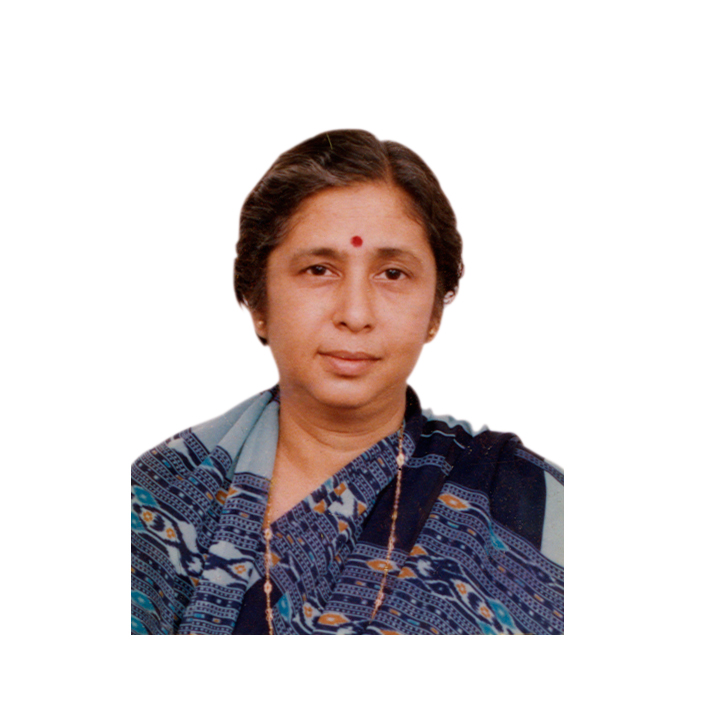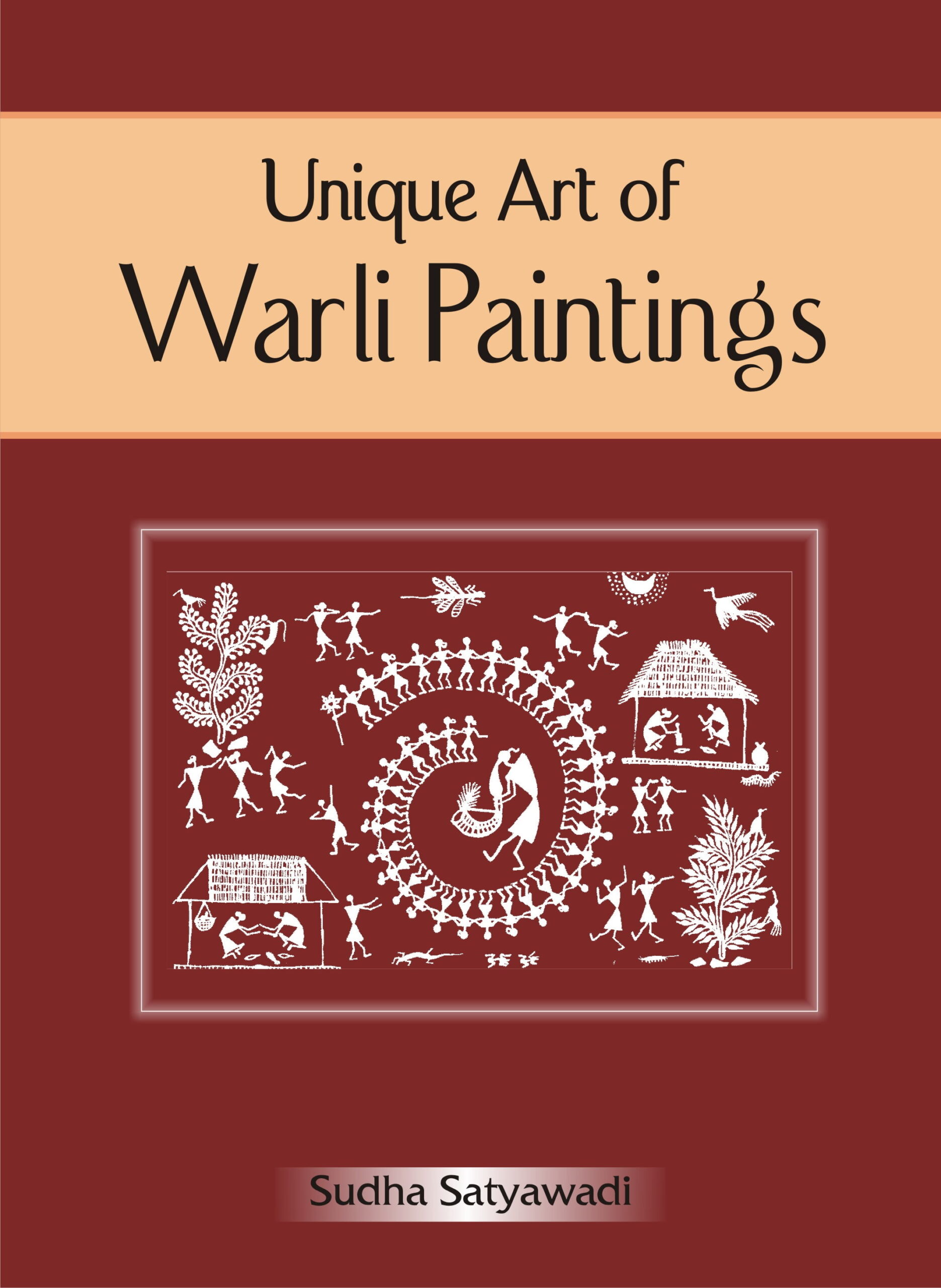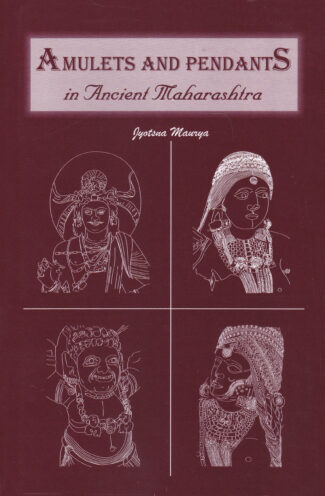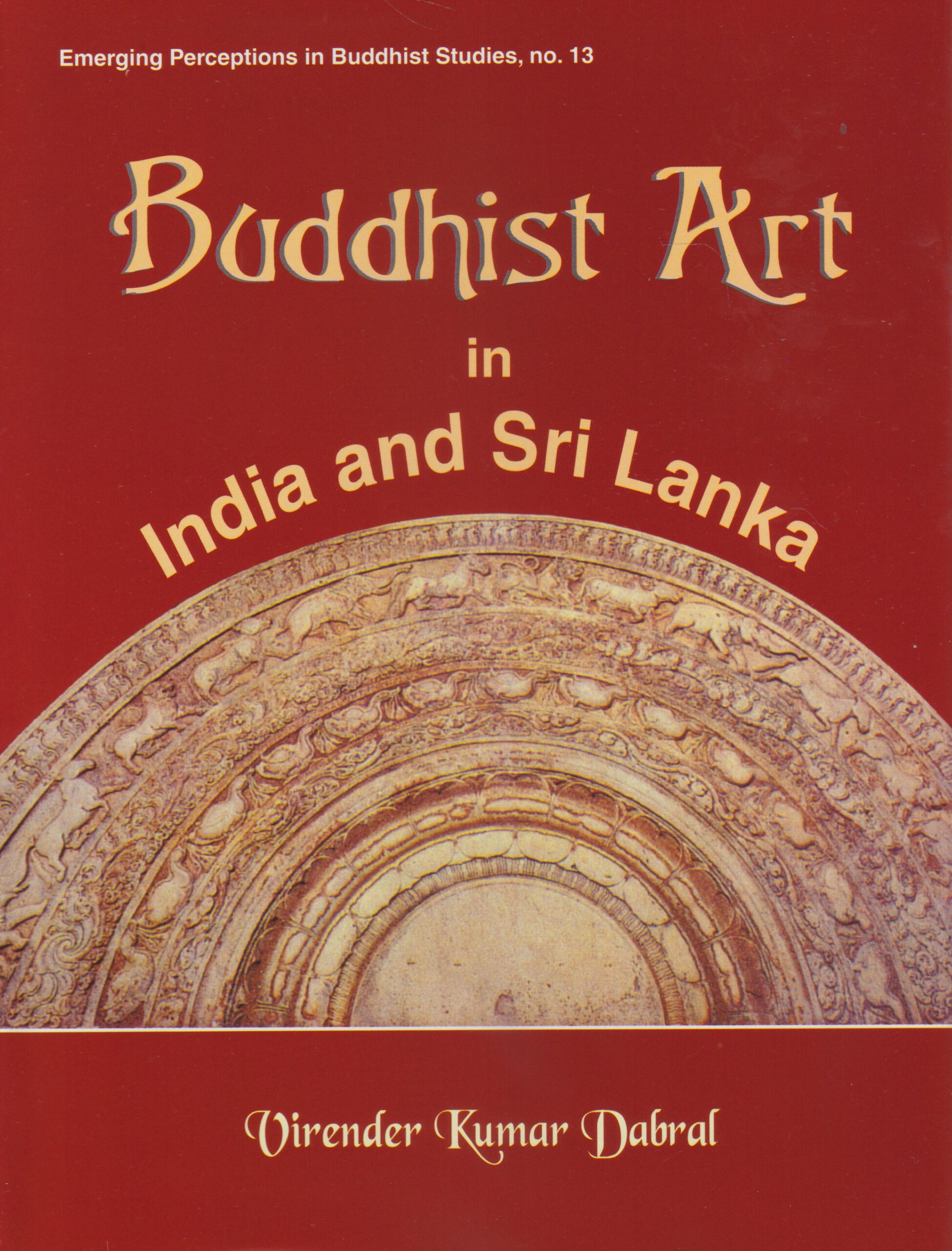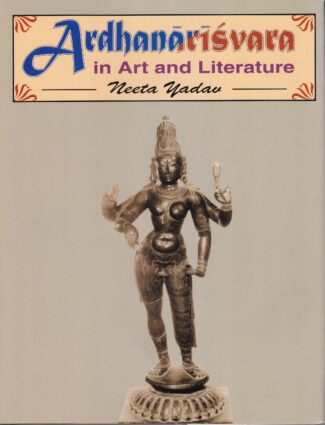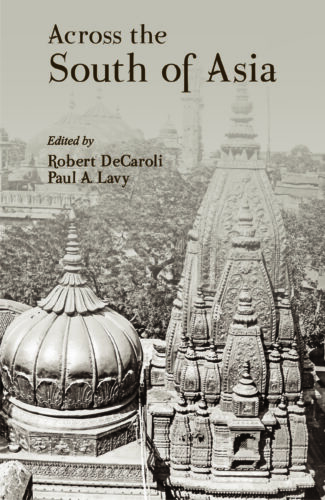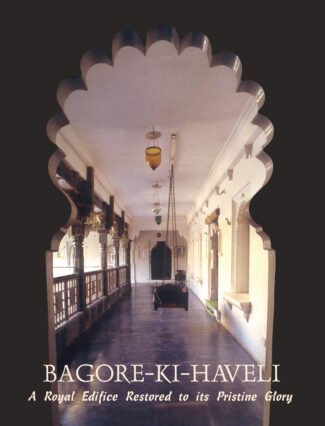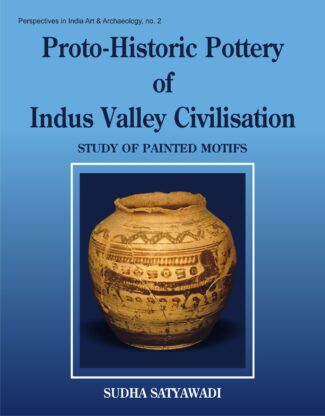

Proto-Historic Potte...
Proto-Historic Pottery of Indus Valley Civilisation
Study of Painted Motifs (Illustrated with Photographs, Charts and Drawings) by: Sudha SatyawadiDr. Satyawadis book is the first-ever study of painted pottery motifs of the Indian subcontinent (earliest times to 1750 BC). It explores the genesis and development of popular forms and classifies art motifs into their different genres.
Original price was: ₹3,500.00.₹3,150.00Current price is: ₹3,150.00.
ISBN: 9788124600306
Year Of Publication: 2016
Edition: 1st revised edition
Pages : 324
Bibliographic Details : Maps; Charts; 652 Line drawings; 138 Colour illustrations; Appendices; Glossary; Bibliography; Index
Language : English
Binding : Hardcover
Publisher: D.K. Printworld Pvt. Ltd.
Size: 29 cm.
Weight: 1200
In the 1920s was found one of the worlds oldest, most mysterious civilizations: the Indus Valley. Which, in view of the relatively more recent archaeological evidence, could possibly have evolved from a much older, indigenous culture: of about nine millennia ago some 6000 years before the growth of Mesopotamian urbanism or about 2000 years before the Egyptians. Among a variety of excavated material remains, pottery affords a significant clue that influences archaeologists conclusions. Despite many a scholars avowed fascination for the pottery of the Indian subcontinent since John Marshalls days, Dr. Satyawadis book becomes the first-ever, exclusive study of its art motifs: from the earliest times to 1750 bc Marshalling a whole diversity of painted-pottery motifs: from potsherds, from excavatory reports, and from as many as twenty archaeological museums of India, it explores the genesis of popular themes/forms and how they developed from their most primitive character to mature Harappan period with sharp focus on their creative purpose, stylistic/formal variants and their spatial-temporal parameters. Also surveying extensively the painted pottery of Indus Valley: of both pre- and post-Harappan cultures, the author painstakingly classifies art motifs into their different genres: religious, ritualistic, decorative, superstitious, and personal. And into their different forms too, like geometrical, floral, faunal, other. In her effort to probe the beginnings of pre-Harappan pottery motifs, the artist in Dr. Satyawadi visualizes their continuity not only in mature Harappan cultures, but even in contemporary folk and tribal art of India: almost in their pristine, primitive form keeping alive, from generation to generation, an insistent, inherently powerful tradition, despite the ravages of time. The author also tries to trace the linkages between the painted motifs (on pottery) of Indus Valley and other old-world cultures, notably, Mesopotamian, Egyptian, Afghan, Iranian, and Baluchi. With one hundred thirty six photographic reproductions, this study is supplemented by over 650 line-drawings which, (all beautifully copied by the author herself straight from museum exhibits), try to capture the panorama of protohistoric art motifs in their essential variety and pristine splendour.
Foreword
Preface
Abbreviations
List of Colour Illustrations
Map Showing Sites Mentioned in the Text
Map Showing Distribution of Indus Valley Sites
Introduction
1. Scope, Framework and Methodology
Geographical Regions
Geographical Features
Climate
Flora
Fauna
Time Span
Material
Shape of Potteries
Ground Colour
Design
2. History, Purpose and Classification
Symbols
Motifs
History of Motifs
Purpose of Motifs
Kinds of Motifs
3. Empirical Investigation and Description
Geometrical Motifs
Faunal Motifs
Other Significant Motifs
4. Conclusion
In-depth Study Of Selected Motifs
Comparison of Motifs on Territorial Basis
Spatial and Temporal Development of Motifs — Charts
Indus Culture — Style Shown in Ancient Scriptures
Resume
Appendix I : Sources of Figures
Appendix II : Excavations and Researches
Researches
Appendix III : Excavated Sites (Period Sites)
Appendix IV : Introduction to Sites
Appendix V : Radio-Carbon Dating
Colour Plates
Glossary
Bibliography
Index


